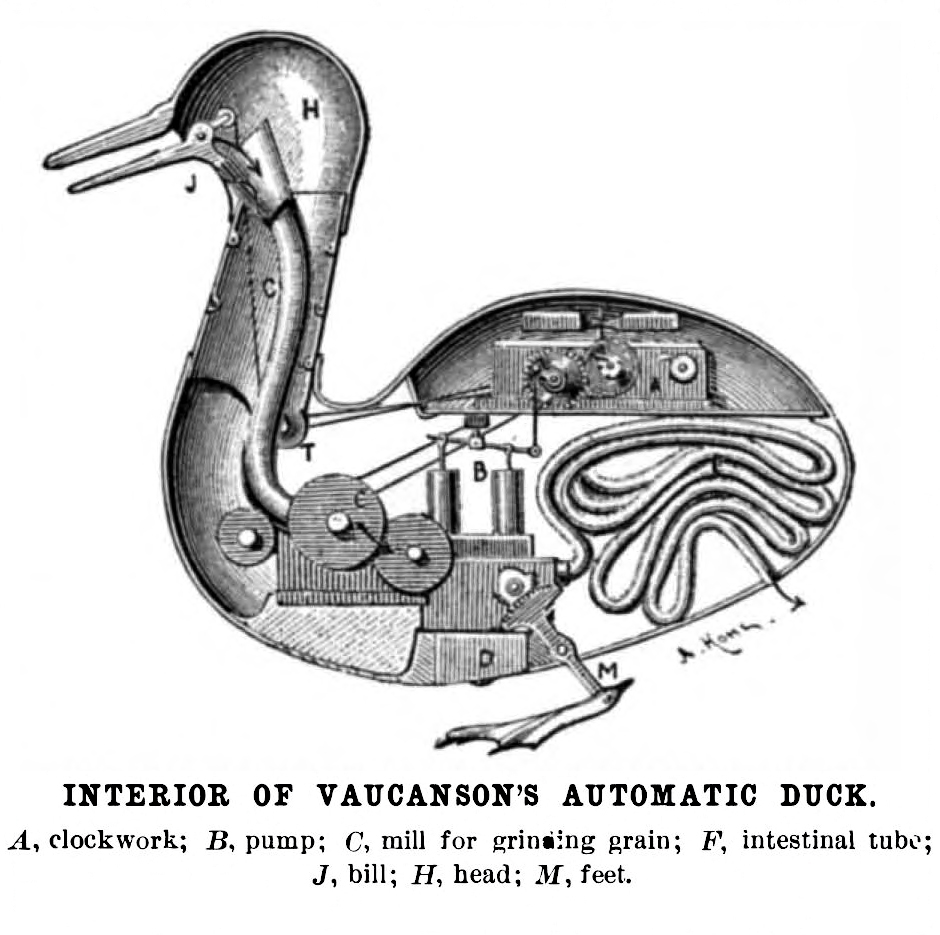Neural correlates of consciousness – how exactly can we find them?
This is a slightly edited version of an answer I wrote on Quora: What is the best way to understand consciousness?

This emoticon captures my attitude towards questions about consciousness:
¯\(°_o)/¯
Consciousness seems to be invisible to scientific methods. The only way to incorporate consciousness into science is to change the definition of science so it includes subjective experience. I am not really comfortable with doing this, because it waters down science to the point where it becomes indistinguishable from introspective philosophy. Science is useful because of what makes it different from philosophy: it makes predictions that can be tested objectively. Truly subjective experiences seem to be ruled out by definition.
My favorite way to think about consciousness is inspired by Indian philosophy, though the general idea crops up all over the place:
Consciousness is not a phenomenon: it is the precondition for the appearance of phenomena. The mind is not a thing to be observed, but the medium by which things are observed.
This is emphatically not a scientific statement, but that’s okay: science is only one of many ways to look at the universe.
So let’s examine the scientific approach to consciousness in detail!


 Emergence occurs when there is a conceptual discontinuity between two descriptions targeting the same phenomenon. This does not mean that emergence is a purely subjective phenomenon — only that scientific ‘double coverage’ may be a good place to look for emergent phenomena.
Emergence occurs when there is a conceptual discontinuity between two descriptions targeting the same phenomenon. This does not mean that emergence is a purely subjective phenomenon — only that scientific ‘double coverage’ may be a good place to look for emergent phenomena. I was asked the following question on Quora recently:
I was asked the following question on Quora recently: